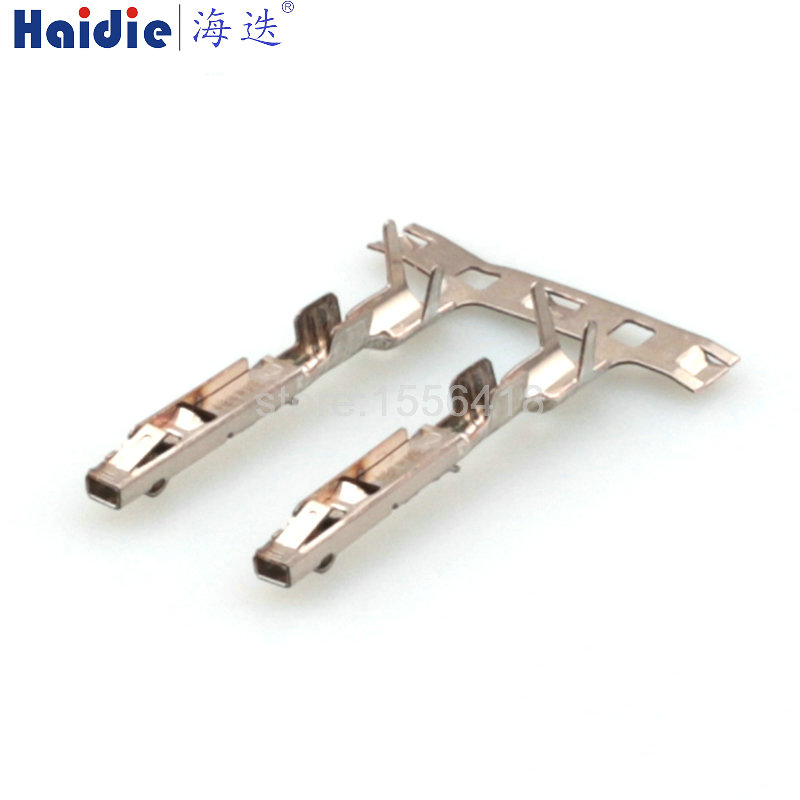Terminal blocks are important parts for connecting wires, and commonly used materials include copper, aluminum and copper-aluminum alloys. Terminal blocks of different materials have their own advantages and disadvantages, which will be compared in detail below.
Copper terminal blocks are the most common choice and offer the following advantages:
Excellent electrical conductivity: Copper has low resistivity and good electrical conductivity, which can ensure the efficiency and stability of current transmission.
Good Corrosion Resistance: Copper has good resistance to oxidation and corrosion, maintaining the quality of electrical connectivity in humid environments and high temperatures.
Easy to process and connect: copper material has good plasticity and weldability, it is easy to be processed into terminals of various shapes, and it is convenient to weld and connect with wires.
However, copper terminals also have some disadvantages:
Higher cost: Compared with terminal blocks made of other materials, the price of copper materials is higher, which increases the cost of the project.
Softness: Pure copper terminals are relatively soft and easy to deform, so be careful when handling and installing them.
Aluminum terminal blocks are a common choice for high voltage transmission and distribution systems, with the following advantages:
Lightweight: Aluminum is a lightweight metal, and aluminum terminals of the same size are lighter than copper, which reduces the weight of wires and equipment.
Low cost: Aluminum material is cheaper than copper, so the cost of aluminum terminal blocks is more economical.
Good thermal conductivity: Aluminum terminal blocks have better thermal conductivity, which can dissipate heat faster and avoid overheating and damage.
But aluminum terminal blocks also have some disadvantages:
Lower electrical conductivity: Compared to copper, aluminum is less conductive and requires a larger cross-sectional area for current transmission, increasing the size and weight of the wire.
Easy to corrode: Compared with copper, aluminum terminals are more likely to react with oxygen and water to form an oxide layer, which increases contact resistance and the risk of fire.
Loosening problem: Due to the poor thermal conductivity of aluminum, it is easily affected by temperature changes, resulting in loose terminals and even affecting the connection quality.
Copper aluminum alloy terminals are a material developed to reduce the defects of aluminum terminals. It combines the advantages of copper and aluminum:
Excellent electrical conductivity: Copper aluminum alloy terminals are close to pure copper terminals in terms of comprehensive electrical conductivity.
Lower price: Compared with pure copper terminals, the price of copper aluminum alloy terminals is lower, and the cost is relatively low.
However, copper-aluminum alloy terminals also have some limitations:
Less corrosion resistance: Compared to pure copper terminals, copper aluminum alloy terminals are still susceptible to corrosion and oxidation.
Incompatibility with other materials: Copper-aluminum alloy terminal blocks are prone to corrosion reactions when connected to wires of other materials, resulting in a decrease in the quality of electrical connections.
To sum up, terminal blocks of different materials have their own advantages and disadvantages. When choosing, it is necessary to consider comprehensively according to specific engineering requirements and economic costs, and weigh their respective advantages and disadvantages.
Post time: Aug-05-2023


